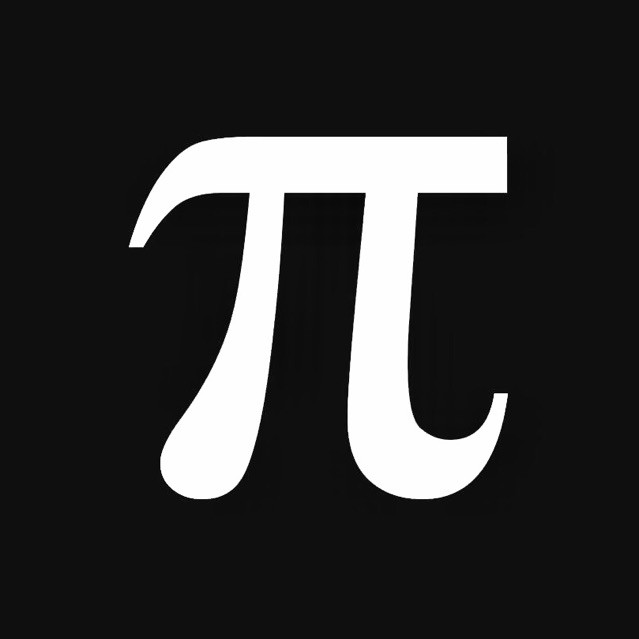Sequential Y86-64 Implementations
Organizing Processing into Stages
Fetch.
The fetch stage reads the bytes of an instruction from memory, using the program counter (PC) as the memory address. From the instruction it extracts the two 4-bit portions of the instruction specifier byte, referred to as icode (the instruction code) and ifun (the instruction function). It possibly fetches a register specifier byte, giving one or both of the register operand specifiers rA and rB. It also possibly fetches an 8-byte constant word valC. It computes valP to be the address of the instruction following the current one in sequential order. That is, valP equals the value of the PC plus the length of the fetched instruction.
Decode. Thedecodestagereadsuptotwooperandsfromtheregisterfile,giving values valA and/or valB. Typically, it reads the registers designated by instruction fields rA and rB, but for some instructions it reads register %rsp.
Execute.
In the execute stage, the arithmetic/logic unit (ALU) either performs the operation specified by the instruction (according to the value of ifun), computes the effective address of a memory reference, or increments or decrements the stack pointer. We refer to the resulting value as valE. The condition codes are possibly set. For a conditional move instruction, the stage will evaluate the condition codes and move condition (given by ifun) and enable the updating of the destination register only if the condition holds. Similarly, for a jump instruction, it determines whether or not the branch should be taken.
Memory.
The memory stage may write data to memory, or it may read data from memory. We refer to the value read as valM.
Write back.
The write-back stage writes up to two results to the register file.
PC update.
The PC is set to the address of the next instruction.
Tracing the execution of a subq instruction
Tracing the execution of an rmmovq instruction
Tracing the execution of a pushq instruction
Tracing the execution of a je instruction
Tracing the execution of a ret instruction
SEQ Hardware Structure
Fetch. Using the program counter register as an address, the instruction mem- ory reads the bytes of an instruction. The PC incrementer computes valP, the incremented program counter.
Decode. The register file has two read ports, A and B, via which register values valA and valB are read simultaneously.
Execute. The execute stage uses the arithmetic/logic (ALU) unit for different purposes according to the instruction type. For integer operations, it per- forms the specified operation. For other instructions, it serves as an adder to compute an incremented or decremented stack pointer, to compute an effective address, or simply to pass one of its inputs to its outputs by adding zero.
The condition code register (CC) holds the three condition code bits. New values for the condition codes are computed by the ALU. When executing a conditional move instruction, the decision as to whether or not to update the destination register is computed based on the condition codes and move condition. Similarly, when executing a jump instruction, the branch signal Cnd is computed based on the condition codes and the jump type.
Memory. The data memory reads or writes a word of memory when executing a memory instruction. The instruction and data memories access the same memory locations, but for different purposes.
Write back. The register file has two write ports. Port E is used to write values computed by the ALU, while port M is used to write values read from the data memory.
PC update. The new value of the program counter is selected to be either valP, the address of the next instruction, valC, the destination address specified by a call or jump instruction, or valM, the return address read from memory.
. Clocked registers are shown as white rectangles. The program counter PC is the only clocked register in SEQ.
. Hardware units are shown as light blue boxes. These include the memories, the ALU, and so forth. We will use the same basic set of units for all of our processor implementations. We will treat these units as “black boxes” and not go into their detailed designs.
. Control logic blocks are drawn as gray rounded rectangles. These blocks serve to select from among a set of signal sources or to compute some Boolean func- tion. We will examine these blocks in complete detail, including developing HCL descriptions.
. Wire names are indicated in white circles. These are simply labels on the wires, not any kind of hardware element.
. Word-wide data connections are shown as medium lines. Each of these lines actually represents a bundle of 64 wires, connected in parallel, for transferring a word from one part of the hardware to another.
. Byte and narrower data connections are shown as thin lines. Each of these lines actually represents a bundle of four or eight wires, depending on what type of values must be carried on the wires.
. Single-bit connections are shown as dotted lines. These represent control values passed between the units and blocks on the chip.
SEQ Timing
In introducing the tables of Figures 4.18 through 4.21, we stated that they should be read as if they were written in a programming notation, with the assignments performed in sequence from top to bottom. On the other hand, the hardware structure of Figure 4.23 operates in a fundamentally different way, with a single clock transition triggering a flow through combinational logic to execute an entire instruction.
Our implementation of SEQ consists of combinational logic and two forms of memory devices: clocked registers (the program counter and condition code register) and random access memories (the register file, the instruction memory, and the data memory).
The color coding in Figure 4.25 indicates how the circuit signals relate to the different instructions being executed. We assume the processing starts with the condition codes, listed in the order ZF, SF, and OF, set to 100. At the beginning of clock cycle 3 (point 1), the state elements hold the state as updated by the second irmovq instruction (line 2 of the listing), shown in light gray. The combinational logic is shown in white, indicating that it has not yet had time to react to the changed state. The clock cycle begins with address 0x014 loaded into the program counter. This causes the addq instruction (line 3 of the listing), shown in blue, to be fetched and processed. Values flow through the combinational logic, including the reading of the random access memories. By the end of the cycle (point 2), the combinational logic has generated new values (000) for the condition codes, an update for program register %rbx, and a new value (0x016) for the program counter. At this point, the combinational logic has been updated according to the addq instruction (shown in blue), but the state still holds the values set by the second irmovq instruction (shown in light gray).
As the clock rises to begin cycle 4 (point 3), the updates to the program counter, the register file, and the condition code register occur, and so we show these in blue, but the combinational logic has not yet reacted to these changes, and so we show this in white. In this cycle, the je instruction (line 4 in the listing), shown in dark gray, is fetched and executed. Since condition code ZF is 0, the branch is not taken. By the end of the cycle (point 4), a new value of 0x01f has been generated for the program counter. The combinational logic has been updated according to the je instruction (shown in dark gray), but the state still holds the values set by the addq instruction (shown in blue) until the next cycle begins.
As this example illustrates, the use of a clock to control the updating of the state elements, combined with the propagation of values through combinational logic, suffices to control the computations performed for each instruction in our implementation of SEQ. Every time the clock transitions from low to high, the processor begins executing a new instruction.
SEQ Stage Implementations
- Fetch stage
instr_valid. Does this byte correspond to a legal Y86-64 instruction? This signal is used to detect an illegal instruction.
need_regids. Does this instruction include a register specifier byte? need_valC. Does this instruction include a constant word?
bool need_regids =
icode in { IRRMOVQ, IOPQ, IPUSHQ, IPOPQ,
IIRMOVQ, IRMMOVQ, IMRMOVQ };- Decode and Write-Back Stages
- Execute Stage
- Memory Stage
- PC Update Stage



































































































































